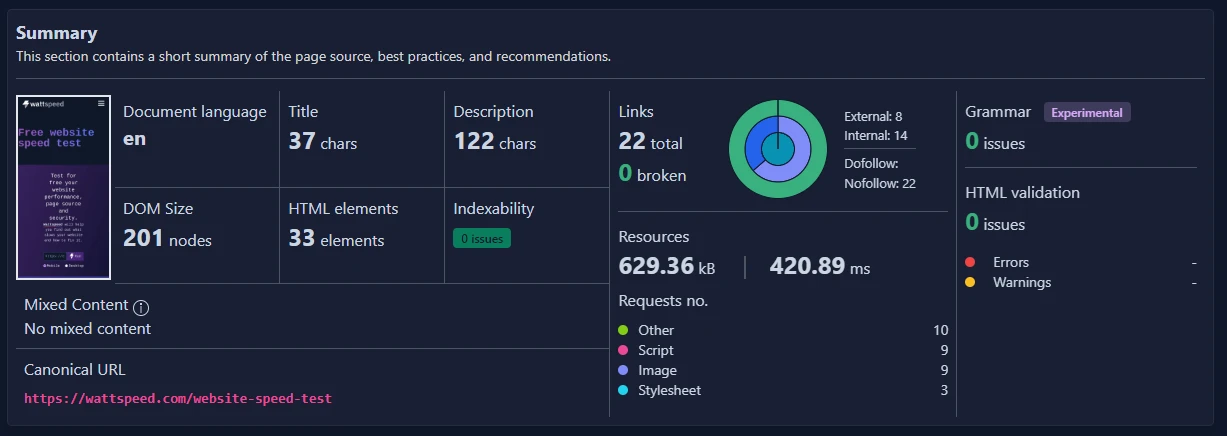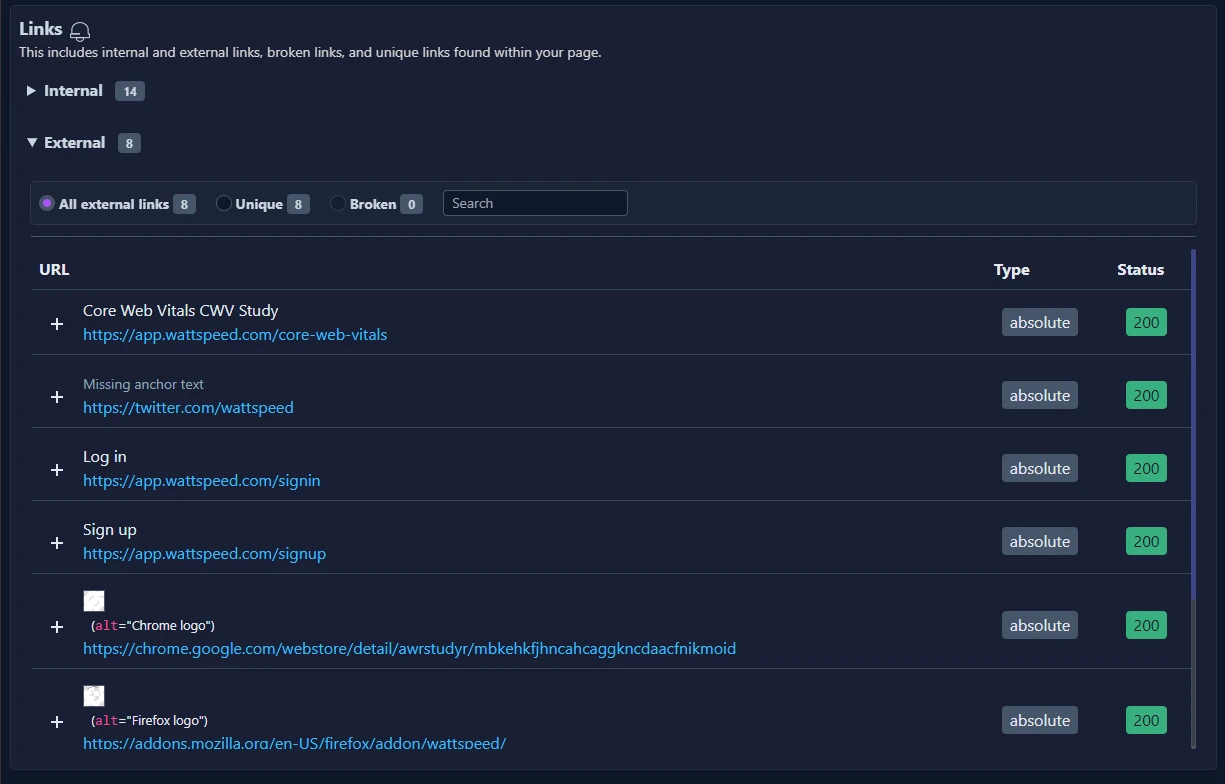Having a website at the top of the search engine results, is one of the best thing that can happen to your business. Search Engine Optimization (SEO) means growing a website’s exposure and position on search engines like Google. Although there are numerous aspects that influence a website’s SEO, page content is one of the most crucial ones.
The text, graphics, videos, and other content that makes up a webpage are referred to as SEO page content. As search engines utilize sophisticated algorithms to evaluate which websites are most relevant to a user’s search query, optimizing page content for SEO is essential for raising a website’s search engine rating. Website owners can improve their visibility on search engines, increase traffic to their website, and eventually strengthen their company or personal brand by optimizing page content.
Next, we’ll discuss the significance of optimizing page content for SEO and how to do so while maintaining the performance of your website. We’ll learn several on-page SEO strategies that could raise your website’s search engine ranking and increase the number of visitors.
Understanding SEO Page Content
Creating SEO page content is a particular kind of material with the main objective of raising a website’s search engine rating. It varies from conventional content in that it has been specifically written to include particular keywords and phrases that people are probably to search for when seeking information pertaining to the website’s niche or topic.
Because search engines utilize algorithms to evaluate webpage content and assess how relevant it is to users’ search queries, optimizing page content for SEO is essential for raising one’s position in search engine results.
One thing that can be done to increase the position in the search engine results, is to add pertinent keywords and phrases into page content.
There are numerous sorts of SEO page content, such as:
- Text: This comprises any headings, subheadings, and bullet points as well as the main body of a webpage. Text material needs to be well-written, educational, and have a simple structure that makes it simple for people to read and comprehend.
- Images and videos: They can be utilized to improve a webpage’s aesthetic appeal and can also be SEO-optimized. You can increase the probability that your website will show up in image or videos results for pertinent searches by supplying alt text that explains the image and title and description of a video.
Website owners may raise their website’s rating in search results and increase traffic by learning the many forms of SEO page content and how to optimize them for search engines.
On-Page SEO Techniques
On-page SEO describes the optimization methods that may be used directly on the web pages of your website to raise those pages’ search engine rankings. You can run a free quick check of your page with Wattspeed.

Here are five on-page SEO strategies to take into account:
- Improve your title tags: Your title tag serves as a quick synopsis of the content of your page, making it one of the most crucial on-page SEO components. To ensure that it displays correctly in the results, include your desired term in the title tag and keep it brief (60 characters or fewer).
- Use meta descriptions: In search engine results, a meta description—which displays below the title tag—provides a succinct summary of the information on your page. Although meta descriptions don’t directly affect your search engine ranking, by giving consumers a sneak peek of what to expect from your page, they can have an impact on click-through rates. The meta description must contain the target term and be brief (155 characters or fewer). You can check the title and description lengths and grammar issues inside the SEO view of the snapshot.
- Improve the effectiveness of your header tags(H1, H2, and H3): not only that they make it easier to read by braking your content into sections, but they also give search engines more information about the hierarchy and structure of your content. Use header tags logically and hierarchically, and make sure your goal keyword appears in at least one of them on every page. There is a dedicated section in Wattspeed’s snapshot where you can see your headings and their distribution.

- Optimize your photos: By adding more context and value to your content, optimized images can help your website rank higher in search engine results. Include your target keyword in the alt tags (descriptive text that displays when an image cannot be displayed) and compress your photos to speed up page loads. Besides that, keep an eye in the performance section inside the snapshot to see how can you improve the image’s loading time.

- Enhance the page speed of your website: Page speed is one of the ranking factors that Google takes into account when sets you on a certain position. More, it affects user experience in a good or in a bad way. You can find ways to speed up your website’s page load time by compressing pictures, minifying code, and making fewer HTTP requests by using our free tool.
- To provide readers more value, use both internal and external connections. Links are a crucial component of SEO since they can establish the authority of your website and give more context and value to your content. To give your readers access to more resources and information, use both internal and external links. Look for broken links, as they are bad for both your visitors and search engines. You can check them inside the link section.

You may raise your website’s search engine position and increase traffic by implementing these on-page SEO strategies on each page of your website. On-page SEO is only one component of a holistic SEO strategy, thus for the greatest impact, it should be used in conjunction with other strategies like off-page SEO and technical SEO.
Tips for creating content for SEO
It might be difficult to create material that is search engine-optimized, but with the appropriate technique, it can be a very successful strategy to raise your website’s search engine ranking.
Here are some tips for writing SEO-friendly content:
- Perform keyword research: Before you begin writing, it’s crucial to perform keyword research to find the words and phrases that consumers are using to search for the niche or subject of your website. Try to add low-competition and high-volume keywords in your articles by using tools like Google Keyword Planner.
- Write valuable, informative material: After you’ve determined your target keywords, concentrate on producing worthwhile, useful content for your viewers. Well-written, educational information that offers a distinctive viewpoint on a certain issue is given priority by search engines.
- Use header tags and internal/external links to break up your information and make it easier for readers to explore. Header tags (H1, H2, and H3) can help. Incorporating both internal and external links can also assist your website’s search engine ranking by giving viewers more context and value.
- Incorporate keywords naturally: It’s crucial to do so in a way that doesn’t come off as forced or spammy while yet including your target keywords in your text. Attempt to insert your keywords naturally so that they improve the quality of your text.
- Produce content that is beneficial to readers: Producing content that is beneficial to readers may be the most crucial component of content creation for SEO. Focus on producing content that solves a problem, responds to a query, or offers a fresh take on a certain subject because search engines give preference to material that is valuable to users.
- Don’t repeat. In order to manipulate search engine rankings, the technique of “keyword stuffing” entails utilizing a specific keyword or phrase repeatedly in the content, meta tags, or URL of a webpage. This is regarded as a black-hat SEO strategy that contravenes search engine policies and may get you fined or even banned from search engine results. In order to rank higher in search engine results pages (SERPs), the technique of keyword stuffing entails utilizing a significant number of terms or phrases that are unrelated to the content or context of the page. The use of too many keywords can make the article difficult to read or appear spammy.
These suggestions can help you produce content that is valuable to your readers while also being search engine optimized, which will raise the rating of your website and increase traffic to it.
In conclusion, increasing your website’s on-page SEO is crucial for raising its rating and visibility in search results. You may enhance your website’s on-page SEO and draw in more organic traffic by conducting keyword research, producing high-quality content that is relevant to searcher intent, and utilizing various optimization tactics including meaningful titles, meta descriptions, and header tags.
Keep in mind that your material should be unique, compelling, and appropriate for your target audience. Additionally, it’s crucial to frequently check how your content is performing in search results and modify your plan as necessary.
